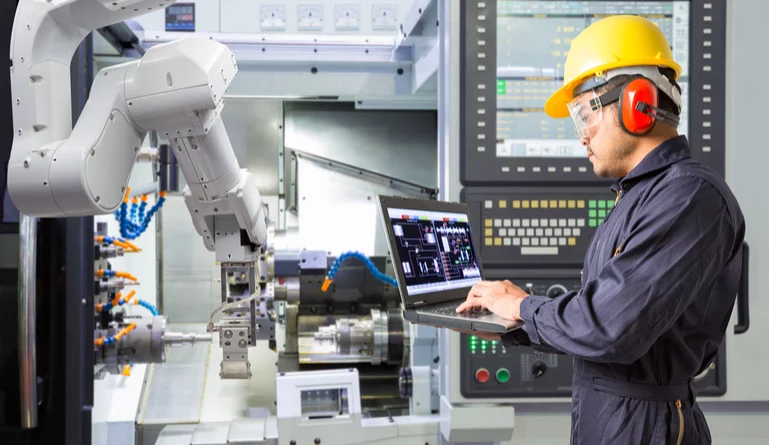Automation continues to make news in the tech industry. It has applications all over the business world, from marketing to HR to logistics and supply chain operations. The business impact of automation is very real and most organizations have looked into automating at least some of their processes.
One place that doesn’t get as much attention in relation to automation is the very area that makes it possible – computer science and technology. What are the implications of automating computer science?
What is computer science?
Before diving into automation in computer science, it’s important to have a working understanding of the term computer science. The definition of computer science is, “the study of both computer hardware and software design. It encompasses both the study of theoretical algorithms and the practical problems involved in implementing them through computer hardware and software. The study of computer science has many branches, including artificial intelligence, software engineering, programming, and computer graphics.” Can the technology that helped to create automation software be automated itself?
Some tech experts believe that automation has its place in software development, helping coders and developers find better, faster solutions to bugs, automate code generation, and identify programming patterns. Like automation has proven to do across industries, automation in computer science helps to create more efficient programmers and processes.
While it seems that computer science processes can be automated to some degree, the real benefit to the relationship between computer science and automation is how computer science can bring automated processes to more industries. Here are some ways that developing automation in and through computer science has helped to advance technology in several industries.
- Transportation: From self-driving cars to driverless trains and subways being developed in certain countries, AI-driven automation has helped to create more efficient transportation methods, with plenty of room still left to grow. In fact, the possibility of automated transport becoming mainstream has already caused a lot of disruption in another fairly-new business model – the gig economy. Drivers for Lyft and Uber, as well as those who deliver for apps like Postmates, worry that drones and self-driving tech, all automated by programming, will encroach on their livelihood.
- Healthcare: Automation advancements in healthcare have helped increase the quality of patient care and interactions. It’s also helped to increase efficiency while bringing down costs. Some healthcare automation examples include automatic medication refill reminders or using an AI app to screen initial symptoms before making an appointment with a healthcare provider.
- Online marketing: Automation processes are behind the algorithms that make purchase suggestions for you when you sign into an online account or after making a transaction. Automation can also help marketers run messaging testing to see which marketing campaign resonates more with consumers.
- Reporting: Almost every business relies on reporting of some kind. From stock and inventory to sales and lead conversions, reporting is essential to a successful business, because it contains the data needed to understand business metrics and consequently make decisions. Automated reports allow the right people to regularly and automatically receive the information they need.
- Customer service: Telephone prompts were the beginning to customer service automation and as more people found themselves typing instead of calling, the next logical move was to automate online chat to help provide customer service in a medium that customers preferred. Some business chatbots can provide a satisfactory interaction, answering questions on a number of questions, like account status, delivery of products, and more.
Technological developments continue to move automation into new areas and applications. Automation in computer science is a still-growing and developing technology that will likely lead to more accurate, more efficiency, and greater productivity across a great number of industries – including the software and development industry itself.





